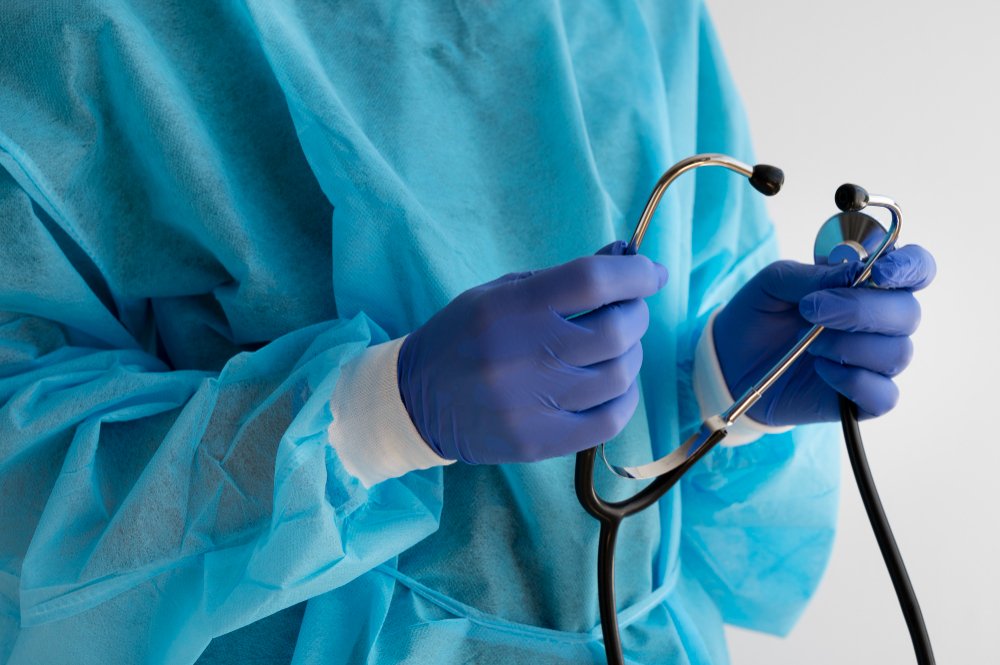Endoscopic Retrograde Cholangiopancreatography (ERCP) is a specialized medical procedure used to diagnose and treat problems in the liver, gallbladder, bile ducts, and pancreas. It combines endoscopy and fluoroscopy to examine and intervene in these areas. Whether you’re a patient preparing for an ERCP or simply curious about this procedure, here’s everything you need to know. To Know More About It Please Click Here What is ERCP ERCP is a minimally invasive procedure performed by gastroenterologists, usually in a hospital setting. It involves the use of an endoscope, a long, flexible tube with a camera and light at its tip. This endoscope is passed through the mouth, down the esophagus, through the stomach, and into the duodenum (the first part of the small intestine). From there, a smaller tube called a catheter is inserted through the endoscope to inject contrast dye into the bile ducts and pancreatic ducts. Why is ERCP Done How to Prepare for ERCP What to Expect During ERCP Risks and Complications While ERCP is generally safe, complications can occur, including: Aftercare To Know More About It Please Click Here Conclusion ERCP is a valuable tool for diagnosing and treating disorders of the liver, gallbladder, bile ducts, and pancreas. While it carries some risks, the benefits often outweigh the potential complications, especially when performed by experienced gastroenterologists. By understanding the procedure and following your doctor’s instructions for preparation and aftercare, you can ensure a safe and successful ERCP experience.
Dr Alokit Gulati Best Gastroenterologist in Rohini 91 9319137179


